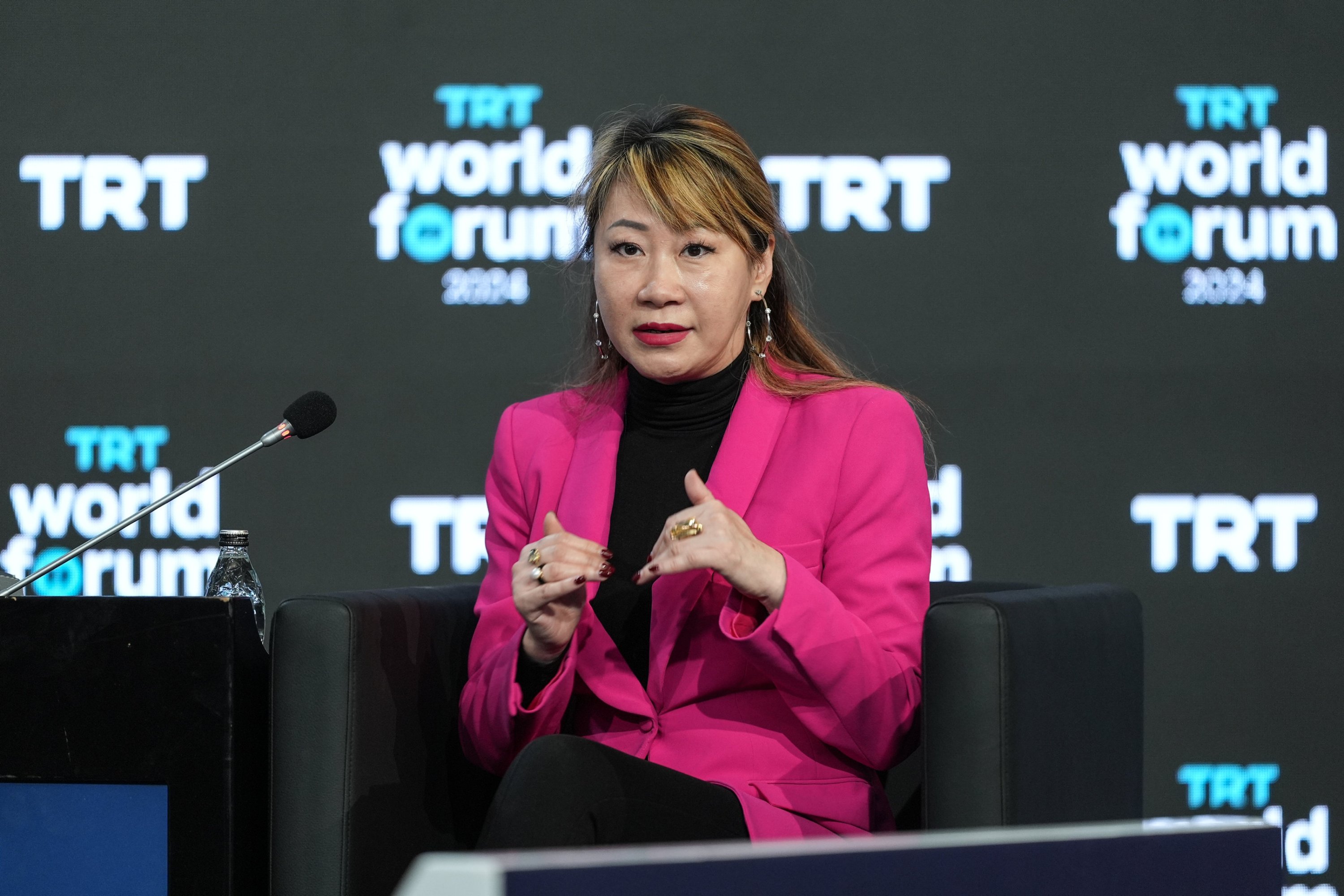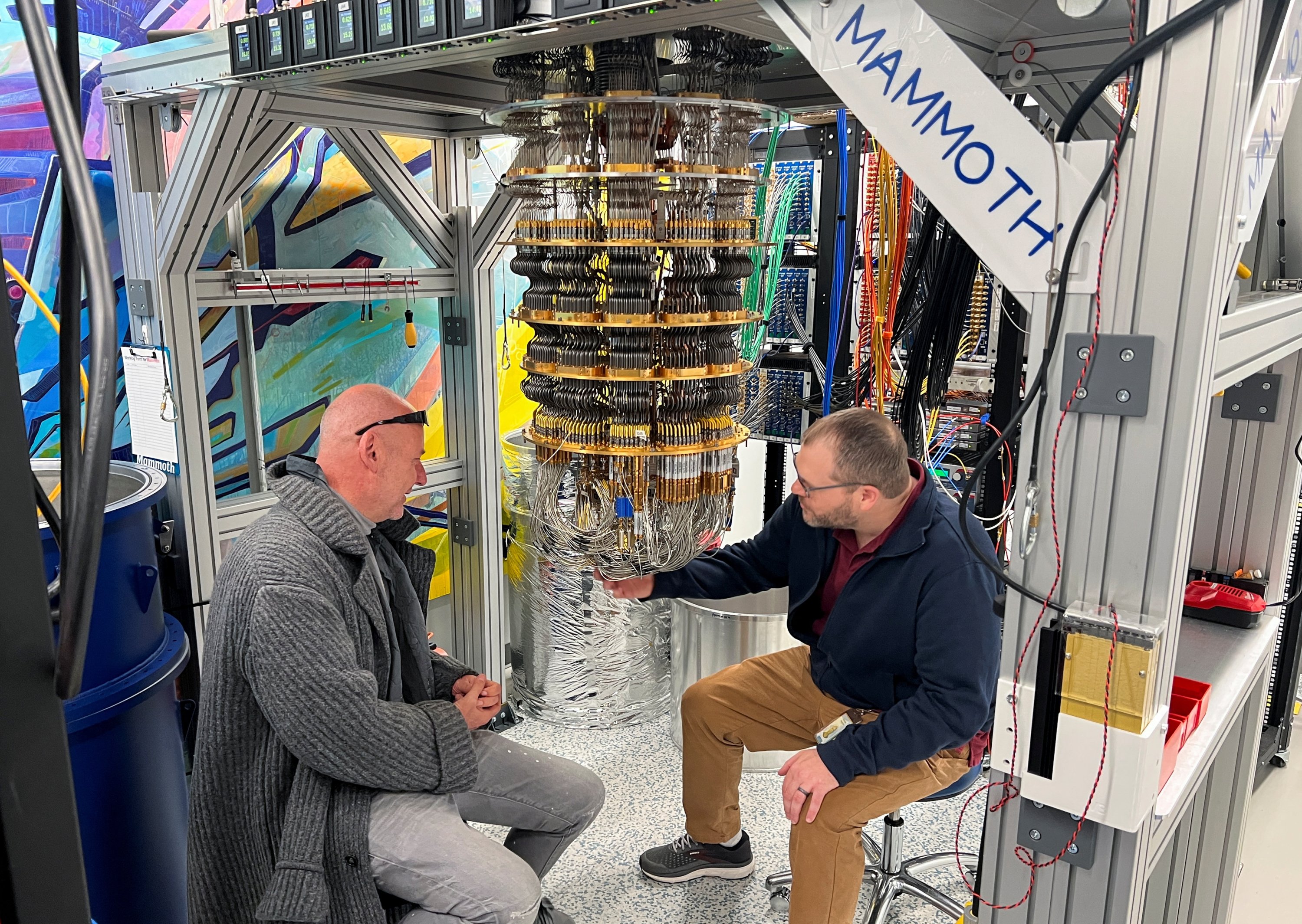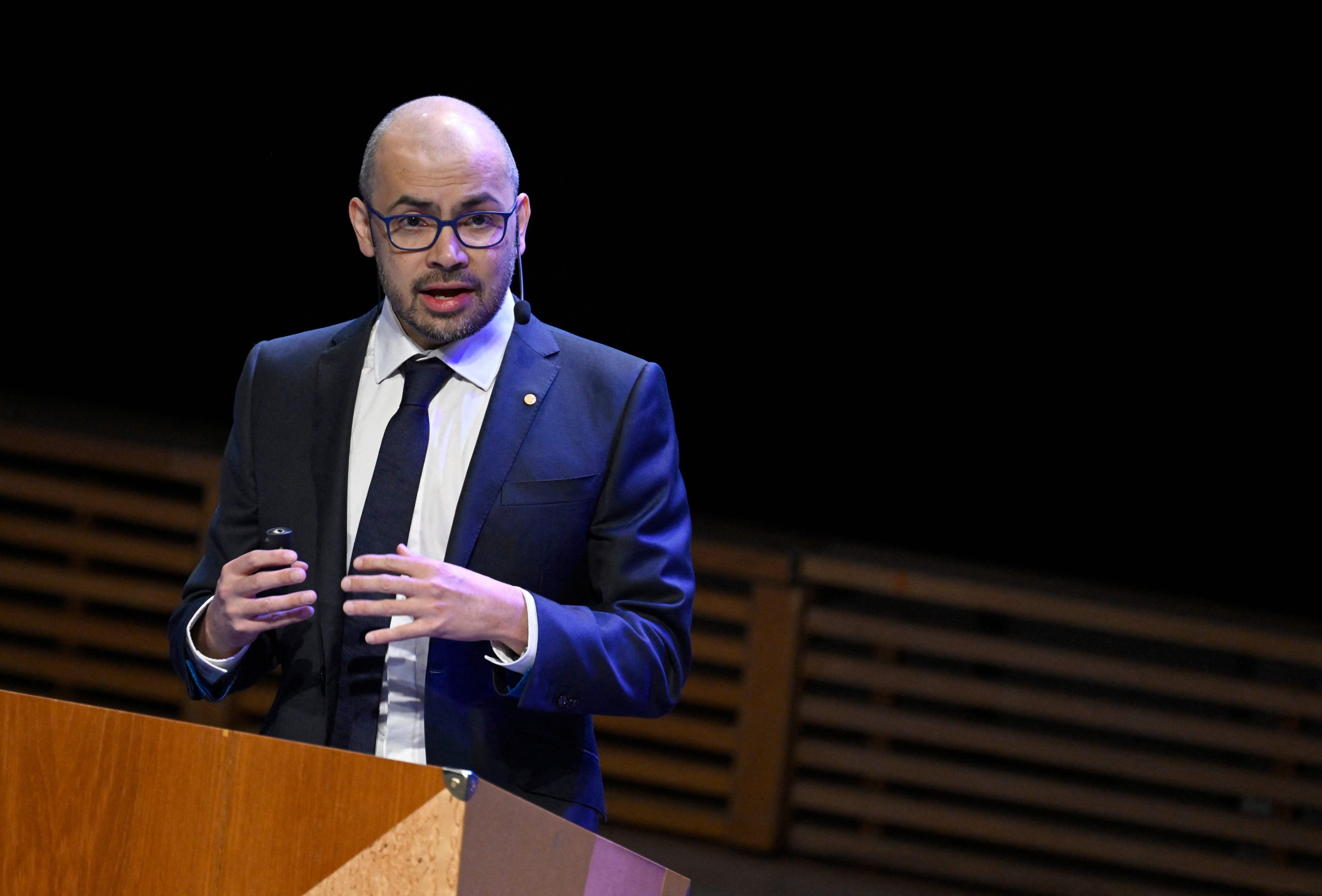© Turkuvaz Haberleşme ve Yayıncılık 2025
Over two years since the introduction of ChatGPT by OpenAI – a quick and easy way to ask an AI model almost anything – artificial intelligence has continued to dominate talks, headlines and economic research and will likely continue to do so throughout the following year.
From algorithms powering search engines to sophisticated tools diagnosing medical conditions, artificial intelligence is reshaping industries, redefining work and challenging our understanding of intelligence itself.
AI is no longer a futuristic fantasy; it is rapidly becoming an integral part of life. But with breakneck innovation, the near future likely holds even more transformative change shaped by the key trends driving this revolution.
While generative AI and large language models (LLMs) have mainly shaped these trends until now, what appears to be the dawn of a new era is so-called agentic AI.
Described basically as "a combination of different AI techniques, models, and approaches," it is seen as "a new breed of autonomous agents that can analyze data, set goals and take action to achieve them, all with minimal human supervision."
According to many companies, experts and recent reports, this trend looks to be the dominant trend that could shape the artificial intelligence sector next year.
But what more to expect? Let's break it down:
Talking about AI means talking about the company, which some call "consequential" in the field – and yes, that's OpenAI.
Sam Altman, the chief executive of OpenAI, has just recently said surprise advancements could be in store next year.
"I expect that in 2025 we will have systems that people look at, even people who are skeptical of current progress, and say, 'Wow, I did not expect that,'" Altman said, speaking at the New York Times' DealBook Summit earlier this month.
Reflecting on the time when ChatGPT was launched, Altman also said, "My guess is we will hit AGI (artificial general intelligence) sooner than most people in the world think, and it will matter much less."
His remarks came ahead of the announcement of the startup's new o3 model and details on the transition from being a non-profit entity, as it has been classified so far.
Under the plan announced on Friday, OpenAI said it looks to revamp its structure, saying it would create a public benefit corporation to make it easier to "raise more capital than we'd imagined" and remove the restrictions imposed on the startup by its current non-profit parent.
"I don’t think anybody knows the truth. I’m sure there will be another explosion at some point where there’s a fundamental change in the architecture of the models. Don’t know when and don’t know where," Pascale Fung, director of the Center for AI Research (CAiRE) at the Hong Kong University of Science and Technology, told Anadolu Agency (AA) when asked about the future of AI.
AI systems capable of processing multiple data types simultaneously, such as text, images, audio and video, have become a driving force in the industry toward what has been called multimodality.
Fung, also a senior director of AI research at Meta-FAIR, a research initiative by Facebook's parent company Meta, highlighted the significance of such a shift.
"That’s not just text. It’s not just a chatbot, but it can also see what you see and hear what you hear."
Multimodal systems, like ChatGPT and Google’s Gemini, already integrate vision and auditory perception with text-based capabilities.
These technologies analyze visual or auditory data in real-time, enabling applications like assisting visually impaired individuals by describing their surroundings or reading text aloud.
One step forward from chatbots, AI agents are redefining assistance by managing complex, multistep tasks.
Unlike chatbots that answer questions, AI agents can perform complex tasks, like booking a family vacation or managing executive schedules, Fung explained. These agents function as "smart humans," using tools to solve problems and create value.

In a recent report, Charles Lamanna, corporate vice president of business and industry at Microsoft Copilot, described agents as "the apps of the AI era."
"Agents will begin to transform every business process, revolutionizing the way we work and manage our organizations," he added.
The possibilities are vast. As virtual travel planners, AI agents could optimize itineraries. As executive assistants, they can schedule meetings and manage workflows with nuanced judgment, able to juggle a multitude of factors playing into the decisions these would involve.
Echoing these views and providing details on the concept of AI agents, Kristina Tikhonova, Microsoft General Manager for Southeast Europe, told earlier in an interview with Daily Sabah that "AI agents represent a new era where AI systems work together seamlessly, with one AI agent able to request actions from others."
Some large companies have already launched their agent products in this direction. Salesforce, for example, created Agentforce, and Microsoft has shared the concept of creating autonomous agents with Copilot Studio.
Yet, despite significant advancements, current AI systems still fall short of matching human intelligence in most areas – something that could only be achieved by what has been called artificial general intelligence or AGI.
At the same time, a dilemma also prevails over the question of the actual benchmark for achieving this.
Often referred to as the "holy grail" of AI, developing an AGI system would represent a significant leap toward artificial superintelligence (ASI), systems capable of surpassing human cognitive abilities across multiple domains.
While AGI is defined by its ability to achieve human-level intellectual performance, ASI goes further, outperforming humans in reasoning, problem-solving and creative tasks.
OpenAI's Altman has predicted that superintelligence could emerge within a "few thousand days," marking a profound paradigm shift.
In the near term, AI systems are expected by 2025 to solve increasingly complex problems with advanced reasoning skills.
Advanced AI models, such as OpenAI o1, already exhibit capabilities that mimic human reasoning, enabling tasks such as contract analysis, scientific discoveries and multistep project execution. Such capabilities are expected to develop in the coming years.
Moreover, behind AI’s rapid advancements lies unprecedented progress in computational power.
Google recently revealed its landmark quantum chip, Willow, able to complete a benchmark computation in under five minutes, a task that would take today’s fastest supercomputers 10 septillion years, the company claimed.
This breakthrough highlights the potential to overcome current computational limits, enabling advanced AI models to tackle previously insurmountable challenges.

However, the energy demands of such systems raise environmental concerns. Industry leaders like Google, Microsoft, and Nvidia are expected to prioritize sustainable, energy-efficient technologies to mitigate these impacts.
Some of these tech giants, alongside Amazon and Meta, have already moved toward nuclear energy as data centers powering artificial intelligence and cloud computing are pushing energy demand and production to new limits.
On the other hand, all this has resulted in unprecedented AI-related spending, which made artificial intelligence and crypto a top story of the tech market in 2024.
"Some of the biggest winners in this year’s stock market rally that’s seen the Nasdaq jump 33% and other U.S. indexes notch double-digit gains have direct ties to the rapid advancements in AI. Chipmaker Nvidia is among them, but it’s not alone," a report by CNBC said recently.
However, after two years of fierce upward momentum, some analysts continue to wonder whether an AI slowdown is imminent.
A recent report by The New York Times, titled "Is the Tech Industry Already on the Cusp of an A.I. Slowdown?" said, "Interviews with 20 executives and researchers showed a widespread belief that the tech industry is running into a problem that too many were unthinkable just a few years ago. They have used up most of the digital text available on the internet."
It also cited Demis Hassabis, one of the most influential AI experts in the world and this year's recipient of the Nobel Prize in Chemistry for AI research contributions to protein structure prediction, to have a warning for the rest of the tech industry.

"Don’t expect chatbots to continue to improve as quickly as they have over the last few years," he said.
With an apparent peak in data and rapid proliferation, it remains to be seen how major companies would move forward to fine-tune models, work on reasoning and their next key strategies.
Often described as a sort of new "industrial revolution," AI also brings a long list of impacts and transformations within. From aspects involving jobs to a possible tremendous impact on fields such as health care, AI is on track to be more integrated and involved in everyday lives as time passes.
Fung, for example, underlined AI’s potential in agriculture: to revolutionize productivity, disease detection and water regulation.
"It can help eradicate hunger by ensuring more equitable food production and distribution," Fung explained. Improvements in logistics could also reduce food waste, addressing global challenges of hunger and inefficiency, she said.
The integration of AI into daily life has also sparked concerns about job displacement.
"Every major technological achievement has resulted in significant job shifts," Altman acknowledged.
However, Fung emphasized that while AI will replace some roles, it will also create new opportunities. "A lot of jobs we have today didn’t exist 100 years ago," she said, urging that what is important is to be prepared for change.
She suggested that education systems must adapt to prepare individuals and teach them "what makes us human."
She said schools should teach people the "collective wisdom of humanity" such as philosophy, the arts, literature, science, and mathematics and advised people to become more critical, creative and knowledgeable to deter the effects of AI.
